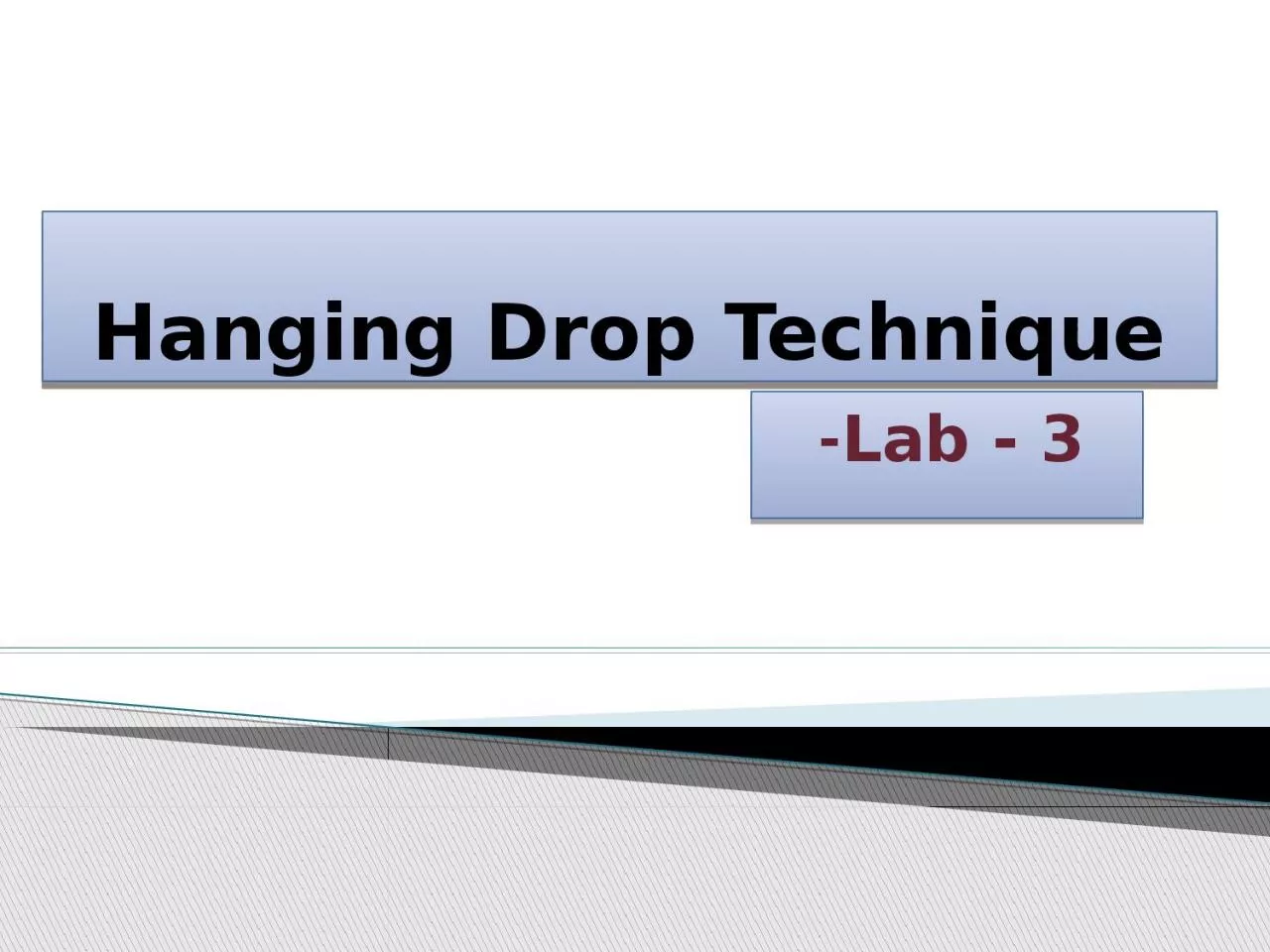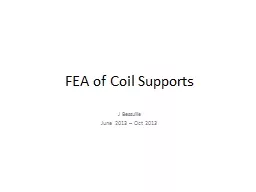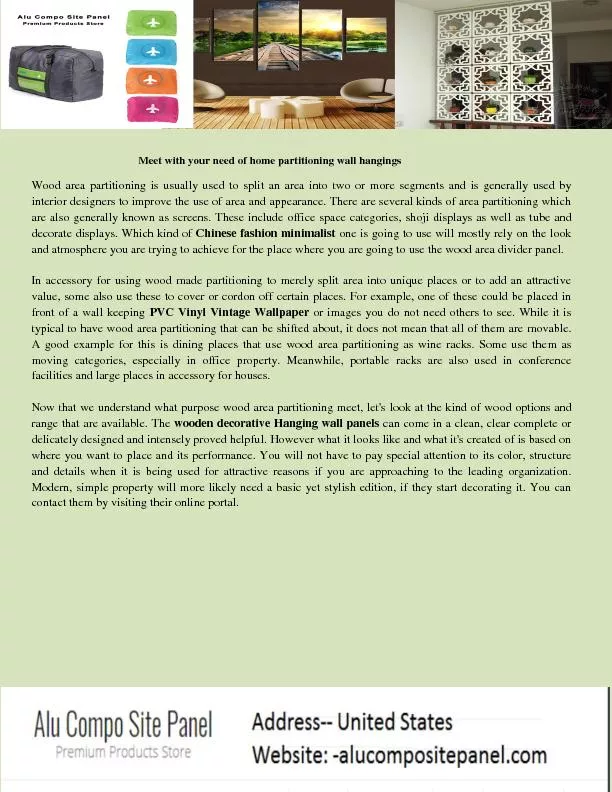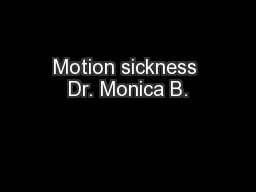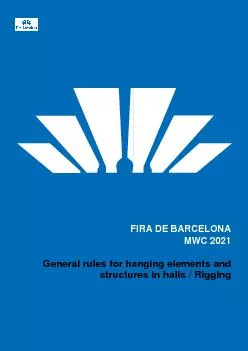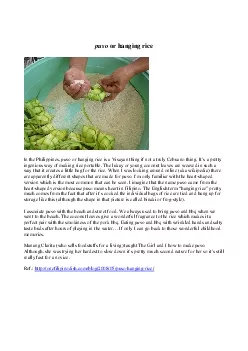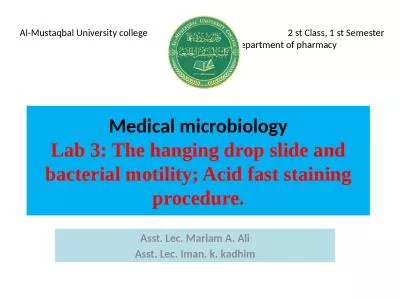PPT-Hanging Drop Technique Lab -
Author : cadie | Published Date : 2023-06-25
3 The HangingDrop Preparation Since you have been oriented to some basic tools and methods used in microbiology we shall begin our study of microorganisms by learning
Presentation Embed Code
Download Presentation
Download Presentation The PPT/PDF document "Hanging Drop Technique Lab -" is the property of its rightful owner. Permission is granted to download and print the materials on this website for personal, non-commercial use only, and to display it on your personal computer provided you do not modify the materials and that you retain all copyright notices contained in the materials. By downloading content from our website, you accept the terms of this agreement.
Hanging Drop Technique Lab -: Transcript
Download Rules Of Document
"Hanging Drop Technique Lab -"The content belongs to its owner. You may download and print it for personal use, without modification, and keep all copyright notices. By downloading, you agree to these terms.
Related Documents

